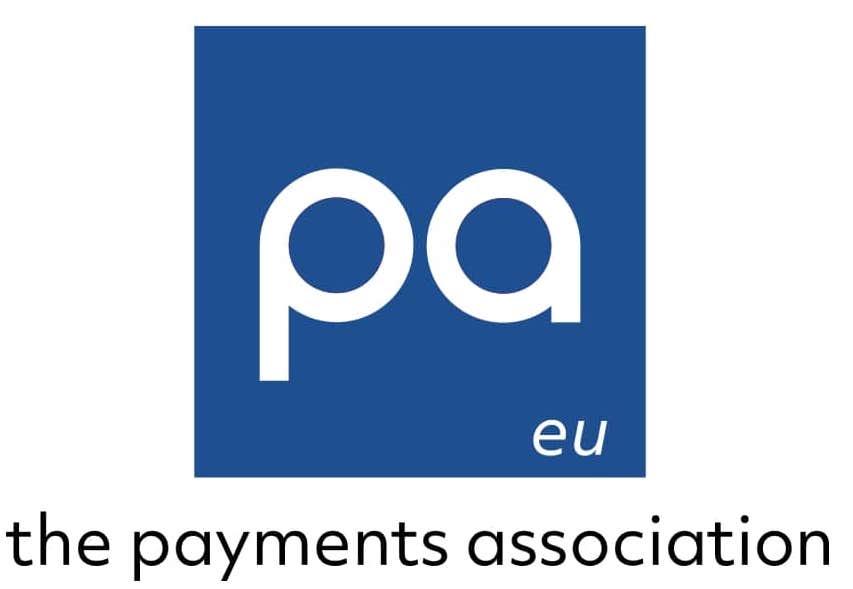SCA Standards & Regulations Across the Globe
A General Overview
While it is hard to get official statistics on how many people have a credit or debit card issued by a member of the EMVCo consortium (Eurocard, Mastercard, Visa, etc.), the most common standard for SCA is likely the one mandated by the 3-D Secure protocol. Well, at least when we look at transaction volumes.
As a quick reminder, 3D secure is an additional security layer for online credit and debit card transactions. Today, most internet shopping from Europe and the US is still happening via card-not-present transactions protected by this 3-D Secure. Implementations of the initial 1.x version of 3-D Secure mainly were done using SMS messaging for authentication. Now, the required 2.x version supports app-based out-of-band authentication mechanisms, such as what we at Okay provide. Related to EMVCo are the PCI DSS multifactor authentication guidelines. But, when protecting payment systems, these do not cover the transactions directly.
United States
When we look at major US banks - such as Bank of America and Wells Fargo - we can see that they have at least partly adopted the FIDO2 standard. The Fast Identity Online (FIDO) Alliance is an industry association first launched back in 2013. The association used to be concerned with hardware solutions, including trusted platform modules and USB tokens as 2nd-factor authentication. But today, with FIDO2, the association has gained much more traction as an SCA mechanism. The limitation is that FIDO2 is mainly concerned with integrating your identity with a web browser, perhaps not so relevant in an app-driven world.
Asia
Asia, particularly China, is, as usual, a slightly different story. In the last few years, the WeChat wallet has become the most common way to pay when shopping or buying online, with an estimated 900 million users in 2021. Perhaps surprisingly, the WeChat wallet is based on SMS one-time-pin codes and links your wallet to either a Chinese ID card or an existing bank account. So from a European security perspective, it was similar to wallet solutions popular in Europe a decade ago.
Europe
In Europe, the Payment Services Directive, followed by the PSD2 and the PSD2 RTS, have been the regulatory driving force for stricter SCA requirements over the last decade. However, unlike the worldwide standard driven by industry organisations, Europe-wide regulation is not so much a standard as it is a guideline left to enforce by the various “National Competent Authorities” (NCAs). This means that how you authenticate and sign up for a service will differ based on your country…
To continue reading this article, check out the full blog post over on the Okay blog section.

